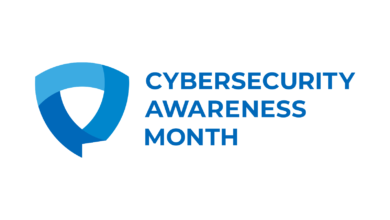7 Steps to an Effective Cybersecurity Training Regimen — Security Today

7 Steps to an Effective Cybersecurity Training Regimen
Can your employees spot a phishing attack? Here’s how to train them.
Maybe it’s a phishing attack—an innocent-looking email from a company leader or reputable company but generated by a malicious threat actor.
Maybe it’s ransomware or malware—malicious software that rapidly spreads through your system via infected downloads that employees innocently click on.
Maybe it’s weak passwords, insider threats in the form of disgruntled employees, unsecured data or the cause of stolen credentials.
Whatever the root causes, cyberattacks pose significant risk to companies of all sizes from all industries and geographies. The cost of cybercrime rose to an astounding $8 trillion in 2023, and is expected to rise to $10.5 trillion by 2025.
Common Methods of Combatting Cybercrime
These risks and their associated costs do not happen because companies are complacent about protecting their—and their customers’—data. No, they’ve been fighting the good fight for years. But still, the attacks keep coming.
Much of what organizations have been doing to combat cyberattacks makes sense and are certainly already in place, even if only nominally. For instance:
- Building an internal cybersecurity team with the right skills to confront cyber threats. The National Institute of Standards and Technology NICE Cybersecurity Workforce Framework can be a great starting point.
- Identifying internal vulnerabilities that could cross a wide range of competencies and processes including insufficient training, inadequate use of industry standards and regulations, poor communication, and inadequate use of security controls and procedures.
- Providing training to ensure employees are aware of cybersecurity risks and understand their role in helping to identify, block and report those risks.
This serves as an excellent initial step and certainly foundational to forming a cybersecurity posture. Unfortunately, too often these efforts fail for various reasons—generally due to a “one-and-done” attitude toward security training, and lack of an ingrained, organizational security culture.
Taking a Deep Dive to Building an Effective Training Regimen
First, culture is king. Without a healthy security culture, companies are likely to struggle year after year in addressing and overcoming the risks and damage caused by network and software vulnerabilities. This involves creating an environment where cybersecurity is prioritized, and employees are empowered to make informed and proactive decisions about security.
Every department has an important role to play when it comes to helping establish a security culture and working collectively to sustain that culture through ongoing efforts designed to keep security accountability top of mind. Which means devising a plan that ensures your cybersecurity training efforts are attuned to driving positive change.



